We are back from a quick trip to Croatia, specifically the coastal city of Zadar where we reconnected with relatives from Srem and old friends from San Pedro! It has been 15-years since we had a beach holiday by the Adriatic Sea, and after living landlocked for a while, we were long overdue for a little saltwater.


Z is for Zadar
Zadar is located on Croatia’s central coast, in the heart of the province of Dalmatia. Ancient Greek sources from the 4th century BCE describe a settlement on Zadar’s coordinates inhabited by a tribe known as the Liburnians.

The Romans knew the settlement as Iader(a) or Jadera, and by 48 BCE, Julius Caesar made it an official Roman colony in the province of Illyricum,. The population swelled when legion veterans settled in the colony, and the Liburnian naval forces were absorbed into the Roman fleet. Public works like a forum and thermae were constructed, as well as a system of fresh water drawn from nearby Lake Vrana. With Christianization came the establishment of a basilica and baptistery under the supervision of a designated bishop.

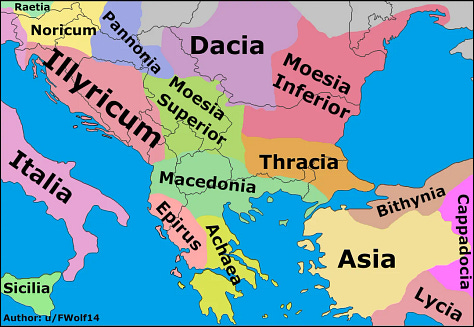
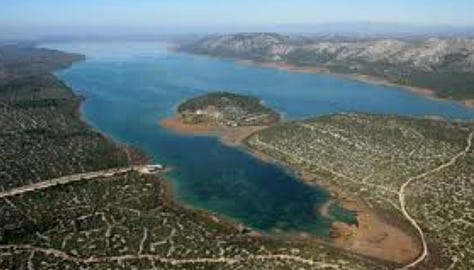
Iadera was battered by invading Huns from 441 through 447 CE, and an earthquake added insult to injury the following century. For 60 years, the Ostrogoths put some work into reviving Roman infrastructure only to have it trounced by marauding Avars in the 560s. Yet, the city rose again in the 7th century when it became of the capital of the Byzantine theme of Dalmatia. The Holy Roman Empire and Byzantium quibbled over the city during the 9th century, leading the city’s duke and bishop mediating the Treaty of Aachen (812 CE), which put Byzantium back in control.


Medieval Dalmatians called the city Zara, spoke a Romance dialect, and cast their livings from fishing. Meanwhile, an elite class of maritime traders grew, rivaling their Venetian neighbors. Demographics shifted in the 7th century CE when Slavic Croats migrated towards the Dalmatian interior while Latin speakers continued to control the coast. By the 10th century, Slav farmers sustained the region through agriculture, while maritime trade rebounded after a series of attacks from Saracen pirates.

Under the leadership of King Tomislav of the Trpimirović dynasty, the provinces of Croatia and Dalmatia united (with Byzantine support) amidst conflicts with the Bulgarians to the east and the Hungarians to the north. Zara was poised for autonomy as a city-state within Byzantium just as the Christian world was struck by the 1054 schism between Rome and Constantinople. Over the next two centuries, the Venetians dominated Adriatic and Eastern Mediterranean trade. Ever the vindictive neighbor, Venetian forces sacked Zara/Zadar in 1202 (on their way to pillage Constantinople!), a treachery that led Pope Innocent III to excommunicate Venetian powerbrokers for assaulting fellow Christians. After a period of rule by the Kingdom of Croatia-Hungary, Zara was sold back to Venice in the early 15th century. While the Bulgars and Serbs had landed east of the Christian schism, the Croats, Hungarians, and Venetians retained allegiance to Rome, allowing the Dominican Order to play a significant role in the city’s development as the medieval period progressed.

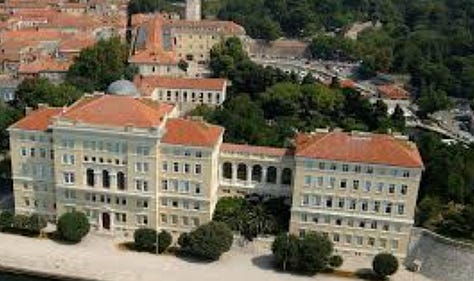

Roman Catholic, Latin, Slavic, and a bit Hungarian, Zara/Zadar spent the 16th and 17th centuries facing attacks from the Ottoman Empire as the Turks pushed into the Balkan Peninsula. The city authorities set about building defensive walls, turning it into Dalmatia’s most fortified city, complete with a canal system to supply the city with freshwater in case of siege. As war and disease decimated the population, Venice dispatched new settlers to beef up the residential decline, and Albanian Catholic refugees were welcomed as refugees. The spirit of the Renaissance remained alive in the municipality, with painters like Giorgio Ventura and Andrea Meldolla emerging from the coastal town’s Italian elite. Meanwhile, Croat writers like Petar Zoranić, Brne Karnarutić, Juraj Baraković, Šime Budinić laid the foundations for the city’s Slavic literary culture.


The 18th century saw Zara/Zadar fall under the jurisdiction of Austria, punctuated by a brief episode of control by Napoleonic forces. After returning to Austria rule after the Congress of Vienna (1815), the city operated as free port and as the 19th century inched on, small-scale industrialization accelerated while cultural tensions between Italians and Slavs were on the horizon.
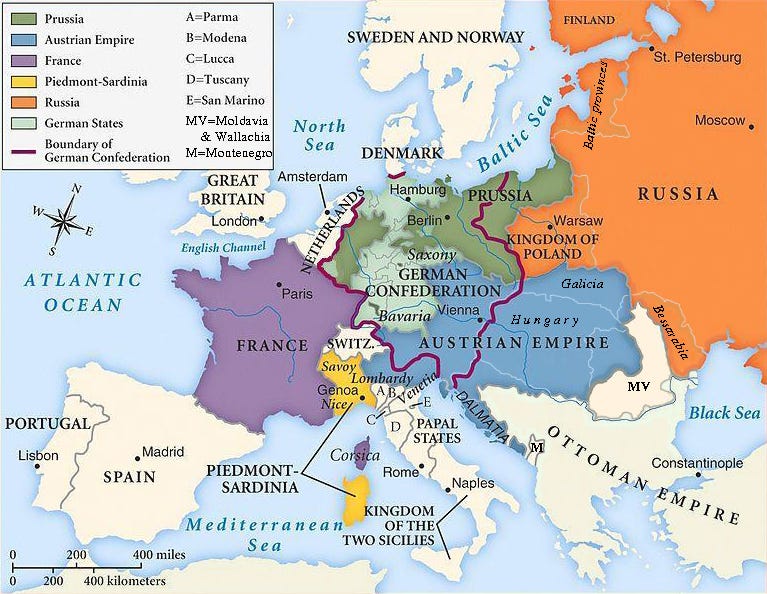
Post-WWI, the Kingdom of Serbs, Croats, and Slovenes ceded claims on Dalmatia to the Italians. With rule from Rome and Italians at 70% of the population, policies to promote the assimilation of Slavic residents were enforced. In 1941, the city remained under the rule of Mussolini’s Italian Social Republic, while the neighboring Independent State of Croatia functioned as proxy to the Axis powers. An allied bombing campaign hit 80% of city structures between 1943 and 1944, and by the end of the latter year, Yugoslav Partisans seized control of the city. In 1947, Zara officially became Zadar, a city in the Socialist Federal Republic of Yugoslavia. Italian influences waned as Italian-speakers repatriated to Italy and the remaining community was made up of mostly the elderly. Under Yugoslav rule, the port was updated, the highway system modernized, and tourism boomed as cultural heritage and natural beauty drew summer visitors from across Europe. Since 1991, the city and its environs have been part of the Republic of Croatia following the dissolution of Yugoslavia.
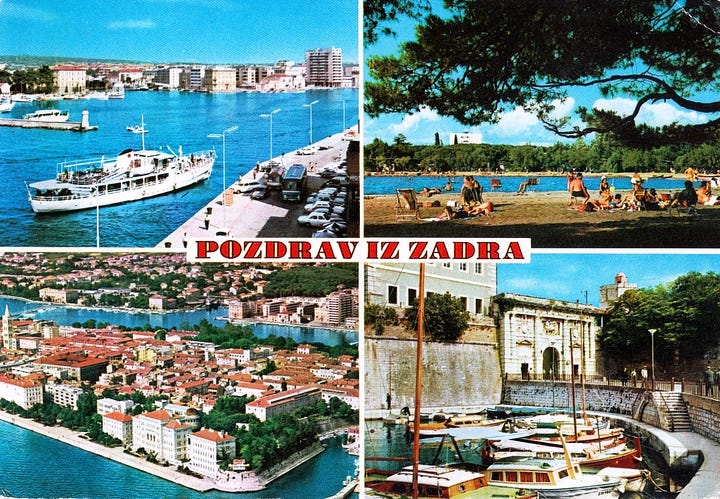
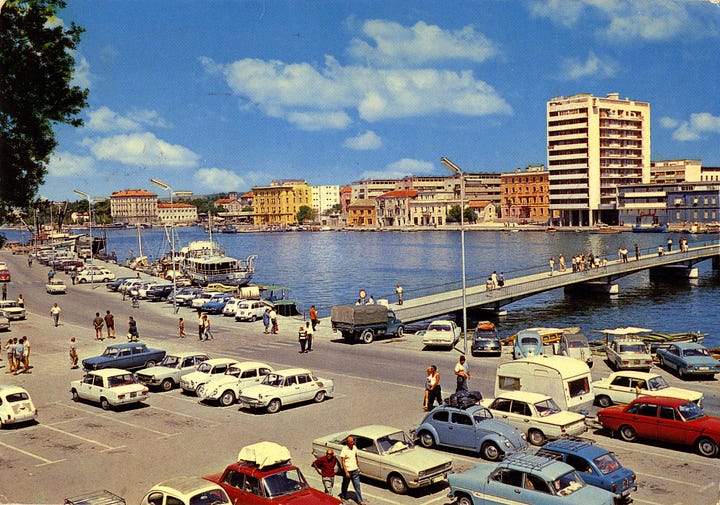
Reunions by Land and Sea
Our trip kicked off when Sasha’s cousin and her husband received us with a warm welcome at the Zadar Airport. The airport is located way outside the city center, flanked by parched rolling hills. When you approach the coast from the airport highway, the turquoise Adriatic pops in contrast with the sandy-colored hillsides. Patches of green vineyards and olive groves dot the roads, and like in Srem, there is produce for sale by the roadside every few blocks.
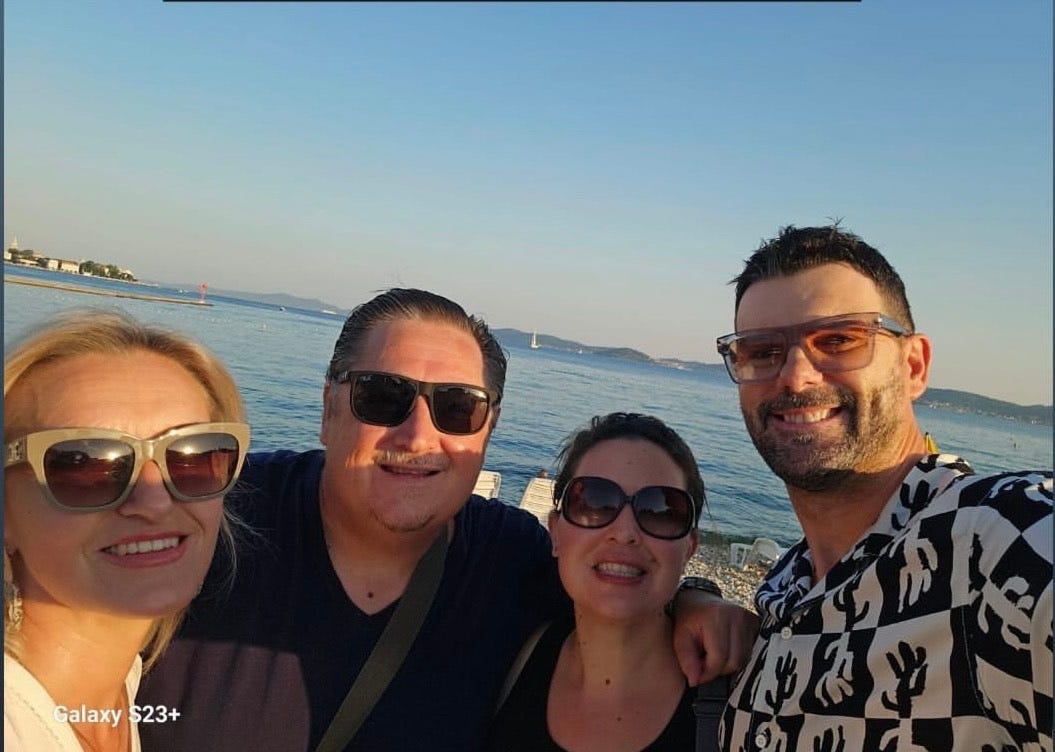
Sasha’s cousin Andrijana grew up in Serbia’s Srem, where we live now, before moving to Slavonia and then to Zadar. Thanks to her Srem connections, Sasha still affectionately calls her Sremica. She and her husband Zlatko graciously hosted us at Niko’s, Zadar’s premier seafood destination, where we spotted Borna Ćorić, a famous Croatian tennis player. In synchronicity, Miomir Kecmanović, Serbia’s number two tennis champ (after Novak Đoković) was on our Zadar-Belgrade flight, and we spotted him taking photos with a young fan at the airport baggage claim. Sports are always in the air in this part of the world!
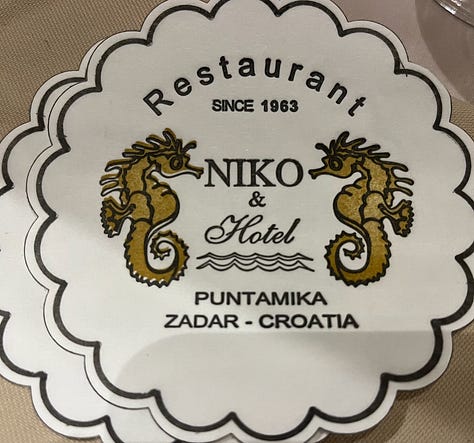

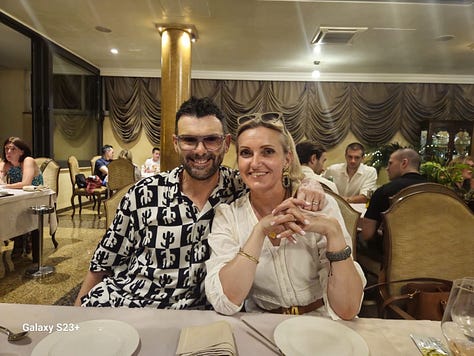
The seafood spread at Niko’s was phenomenal, with a sunset view of both Puntamika beach and the city’s historic center across the bay. After dinner we took a night stroll downtown where the Sea Organ “plays” notes coming from the harbor waves. Roman ruins pop up in Old Zadar and medieval structures stand proud while local youth and tourists keep the nightclubs hopping well into the wee hours.






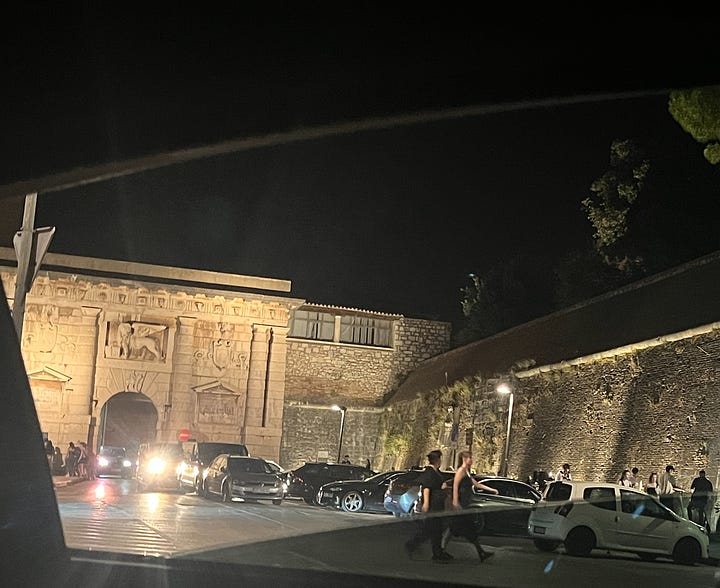
The next morning we ventured to the beach in Petrčane, avoiding the locally abundant stinging sea urchins (nicknamed medusas) and swam out to the sandy bottom. The sea waters were extra salty and I actually remember to pack goggles, so we got a good look at tiny blue schools of minnows, translucent mid-size fish, and of course, those black-fuchsia medusas lying in wait of hapless bare feet! That evening we made our way to neighboring Kožino for the wedding of Lawrence, Sasha’s childhood friend, to Florence, his French-born bride whose family infused Gallic spirit into this coastal Croatian celebration.

At the Church of St. Michael the Archangel, established in 1522, Lawrence and Florence wed in a trilingual ceremony featuring traditional readings from the groom’s daughter along with modern music sung by the bride’s sister. After the ceremony we arrived for a reception at Kraljevski Vinogradski, where the bride and groom were accompanied by a local folk band playing Balkan tunes, and later serenaded in French by the bride’s adorable nephews.


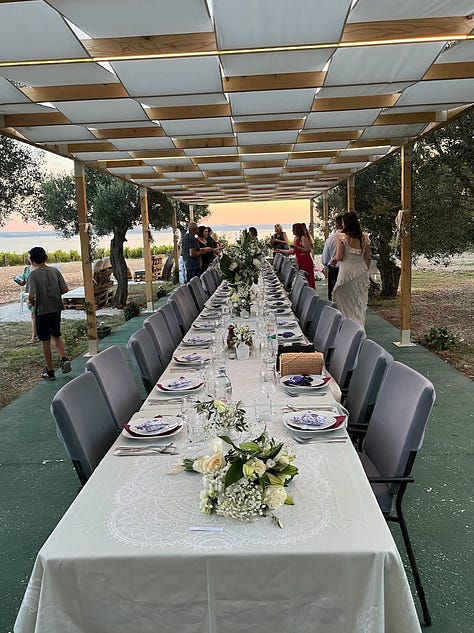


A feast of seafood, lamb, fresh salads, and a combination mocha-chocolate/raspberry-vanilla cake rounded out the night while the sun set overlooking the vineyards and the village bay of Petrčane. The following morning came more beach time and the traditional day-after meal before we caught the next flight back to Serbia with great memories and remarkable tans.

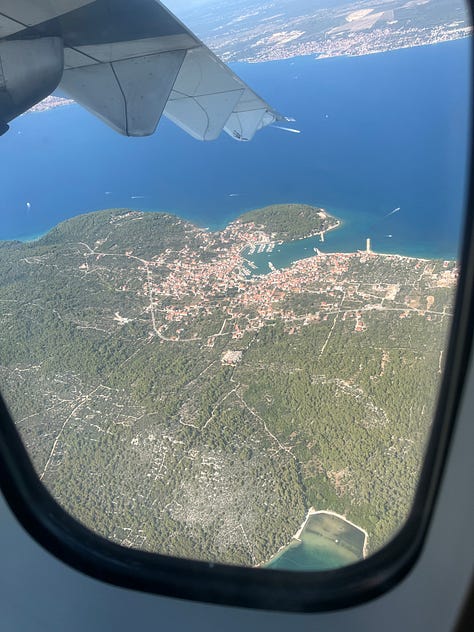





Another wonderful article Elaine!
I love Zadar but further south is my favourite part of Dalmacija. We used to have a summer house in Murter but it was sold after the last war in 2000. I still visit once to twice a year and as my husband also loves the area so we hope to retire there. Dalmacija is my favourite part of the world! I love the Adriactic sea and the smell and am glad you visited!
Adding to my list for my next visit - and loved the maps in this one!